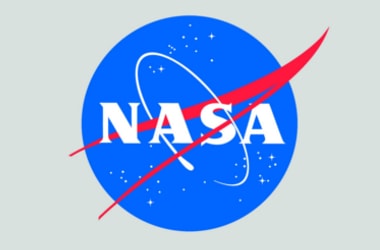World’s largest and most powerful rocket under process at NASA
Q. US Space Agency NASA is building the world’s largest and most powerful rocket called SLS. What does it stand for?- Published on 23 Sep 16a. Space Launch System
b. Space Launch Satellite
c. Space Launch Setup
d. None of the above
ANSWER: Space Launch System

US Space Agency NSA is building the world’s largest and most powerful rocket in Michoud Assembly Facility in the United States. Called SLS or Space Launch System, the rocket will carry 2.3 million pounds of liquid, oxygen and liquid to fuel engines.
- It is being prepared for moon missions in 2018 and other Mars and deep space explorations in the 2030s
- To power the Mars rocket, core stage carried 2.3 million pounds of liquid hydrogen and oxygen to fuel the 4 RS-25 engines
- Engineers just completed welding the largest part of the core stage
- The 130 foot tall liquid hydrogen tank will provide fuel for the first SLS flight in 2018
- SLS rocket has been designed to support missions to the moon in 2018 and house large hardware like landers, habitats, and supplies needed to travel extensive distances to explore places like Mars and other deep space destinations.
- Michoud’s Vertical Assembly Centre is welding many of the main elements of the core stage including the forward skirt, the liquid oxygen tank, liquid hydrogen tank and the engine section. Core stage’s fifth element, the interbank which is bolted is also being constructed here
- Following this, each element within the rocket will undergo extensive testing
- The wet structures including elements that hold fuel or liquid oxygen and hydrogen will be put through proof tests to ensure manufacturing quality. Hydrostatically tested and filled with water, the liquid oxygen tank will undergo pneumatical testing.
- Once tested, all the structural elements are constructed to enable engineers to assemble the “brains” rocket, as it is called
- In the SLS’s core stage, 45 miles of wire cabling carry power and data in every element powering flight computers, cameras, sensors, avionics and other electronics housed in the dry structures.
- NASA’s thermal protection system provides the rocket its signature orange colour, but more importantly, it protects the core stage from the extreme temperatures encountered during launch and maintains the fuels’ extremely low temperatures.
- The liquid hydrogen is frozen to minus 423 degrees Fahrenheit and the liquid oxygen is chilled to minus 297 degrees.
- Once testing is finished, the core stage will head to NASA’s Kennedy Space Center in Florida, for its first flight with Orion.